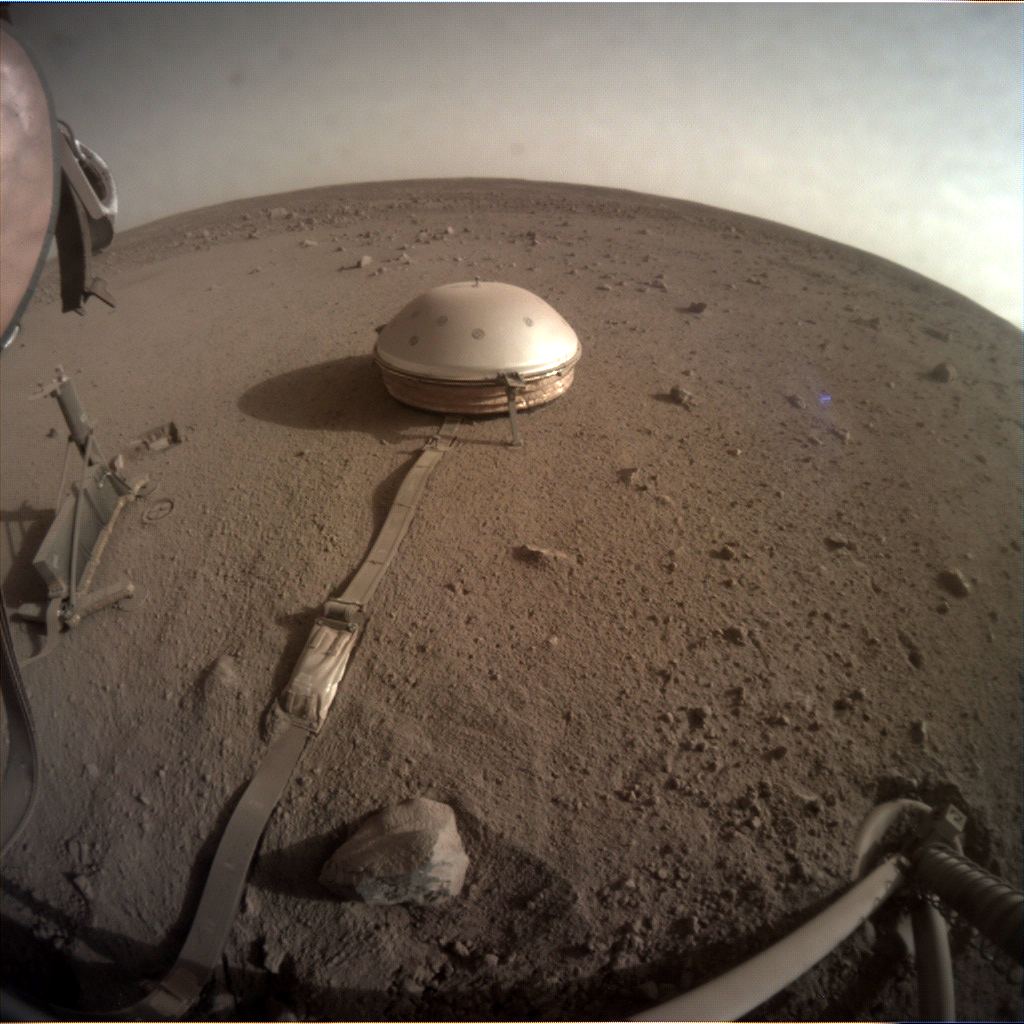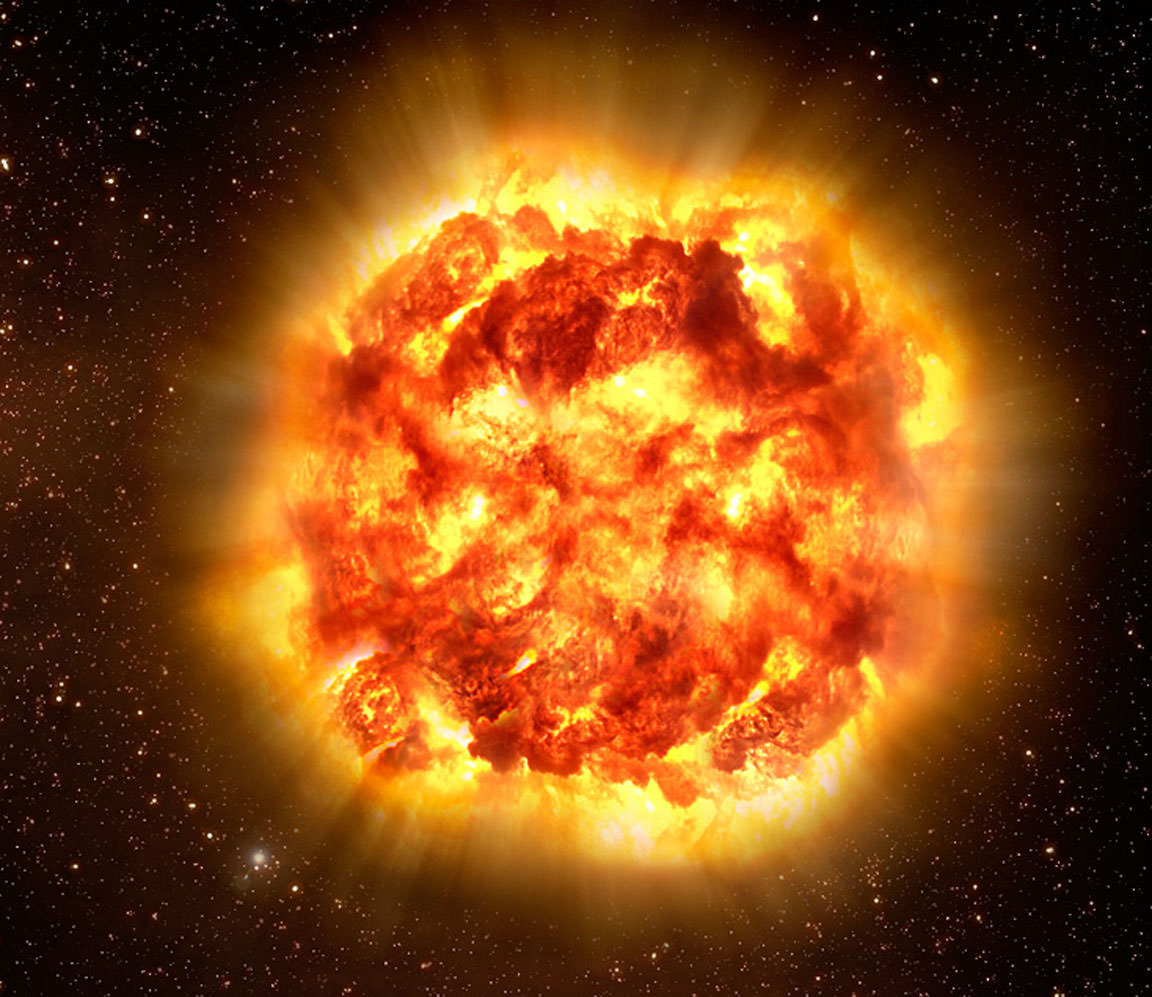Earth is a seismically active planet, and scientists have figured out how to use seismic waves from Earthquakes to probe its interior. We even use artificially created seismic waves to identify underground petroleum-bearing formations. When the InSIGHT (Interior Exploration using Seismic Investigations, Geodesy and Heat Transport) lander was sent to Mars, it sensed Marsquakes to learn more bout the planet’s interior.
Researchers think they can use Marsquakes to answer one of Mars’ most pressing questions: Does the planet hold water trapped in its subsurface?
Continue reading “Marsquakes Can Help Us Find Water on the Red Planet”









